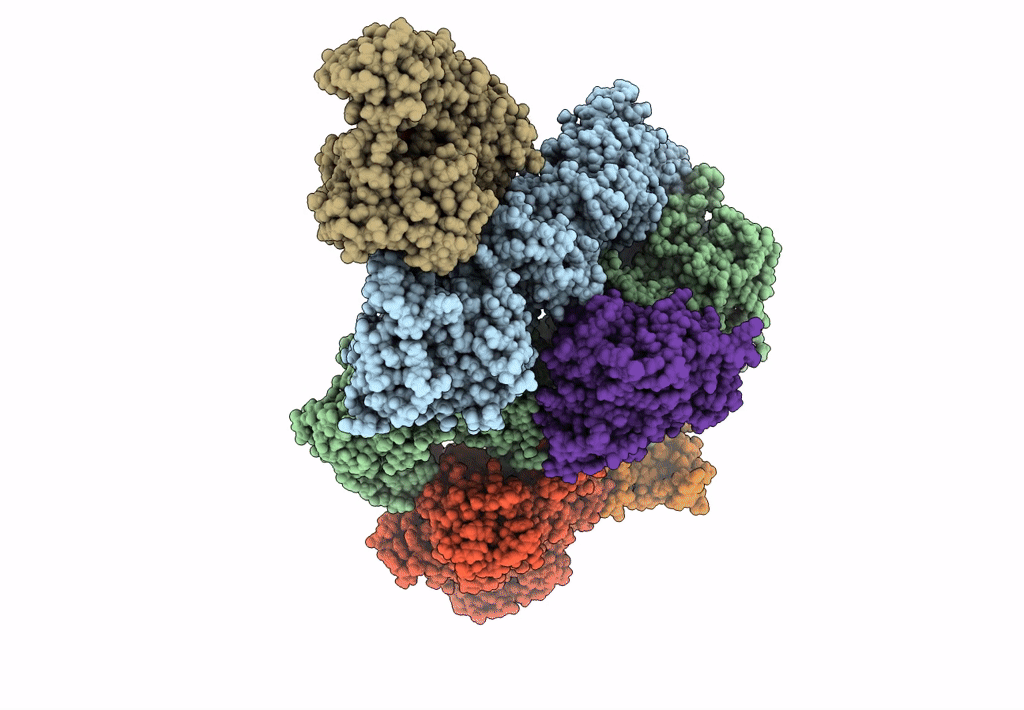
Deposition Date
2020-11-30
Release Date
2021-12-08
Last Version Date
2024-05-29
Method Details:
Experimental Method:
Resolution:
3.57 Å
Aggregation State:
PARTICLE
Reconstruction Method:
SINGLE PARTICLE


